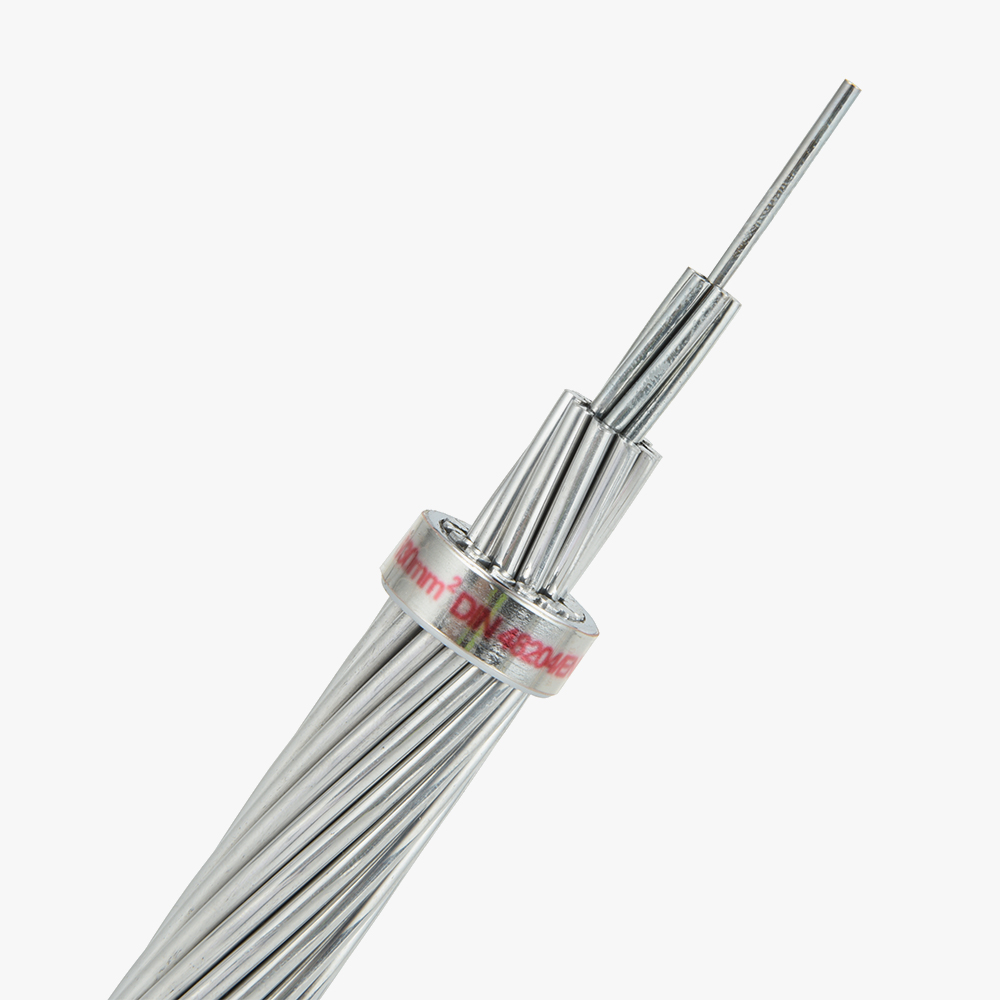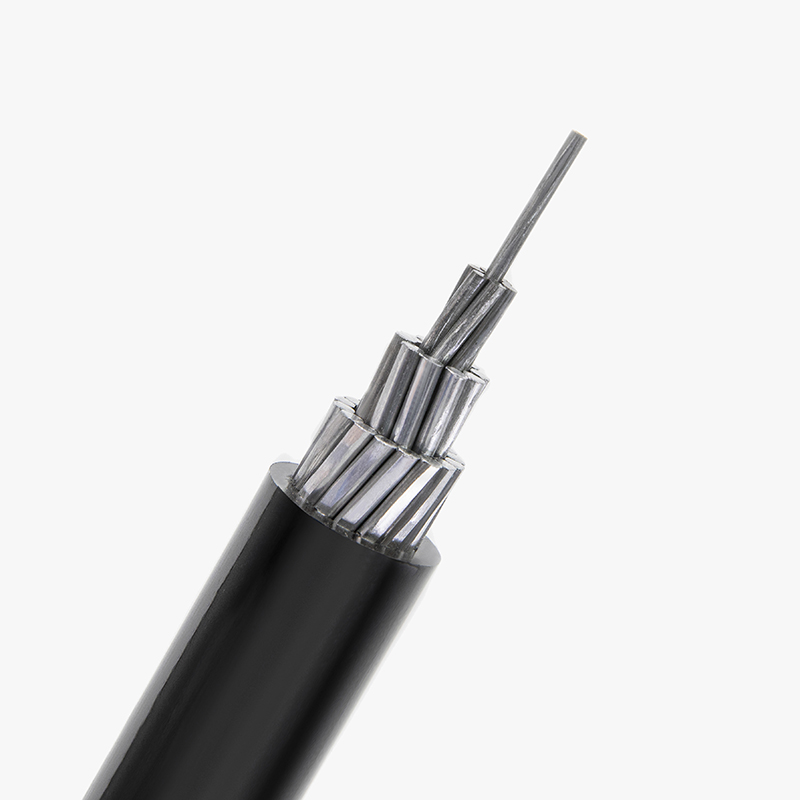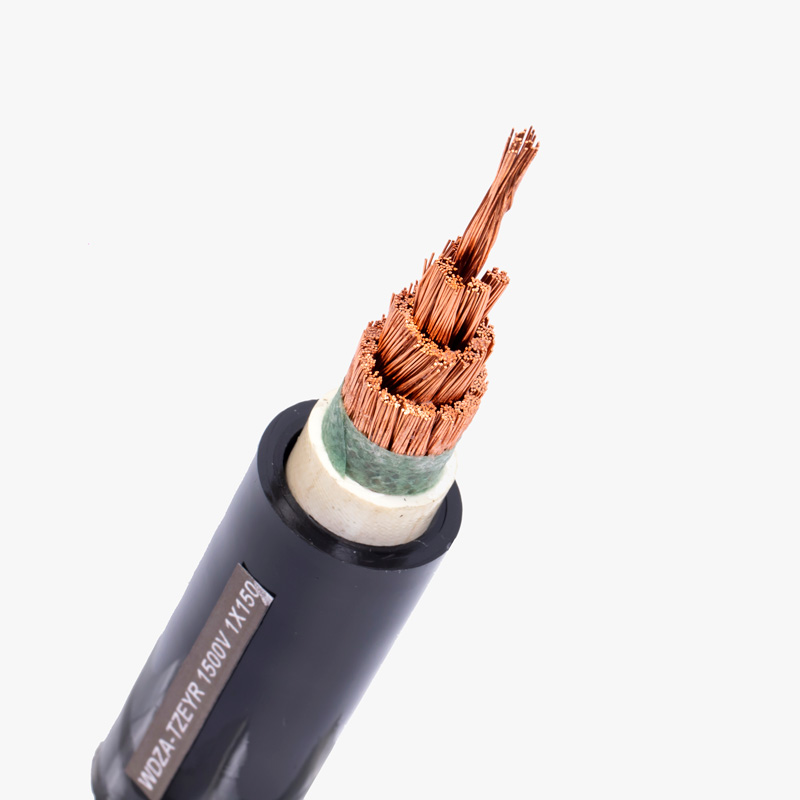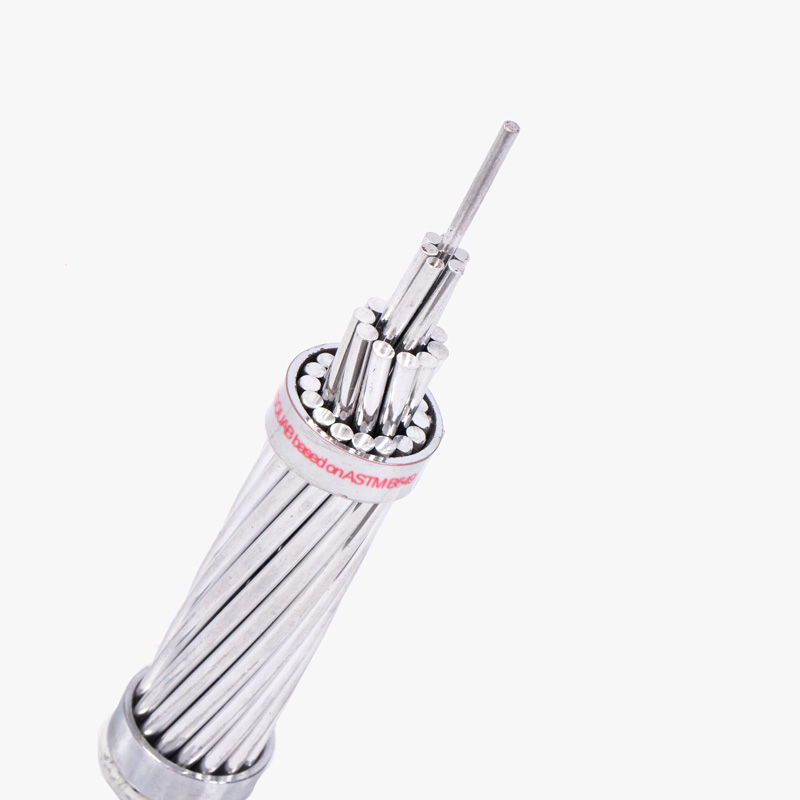What exactly is an armoured electrical cable?
Armoured electrical cable is a specialized type of power cable designed with a protective metal layer that enhances mechanical protection, durability, and resistance to environmental conditions. These cables are widely used in industrial, commercial, and outdoor applications where cables are subject to harsh physical stress or potential damage. The armouring not only extends the cable’s lifespan but also safeguards the integrity of power transmission.
At QRUNNING, a Chinese leading manufacturer with over 30 years of

experience, we produce top-quality armoured cables up to 500kV. Our factory operates with 10 advanced production lines and a capacity of 200 million meters annually. As a trusted supplier and manufacturer, QRUNNING provides OEM & ODM services to clients in developing countries such as Kenya, Vietnam, and Ethiopia. Whether you’re a distri
butor or a contractor in the power sector, our armoured cables offer dependable performance with full certification and global logistics support.
Understanding what armoured cables are is just the beginning. To make the right decision for your electrical installations, let’s explore their benefits, classifications, and practical considerations in detail.
Benefits of Armoured Cables
Armoured cables provide high mechanical protection, resist harsh environments, support underground installations, and extend cable life while maintaining safe power transmission.
Classification of Armoured Cables
Armoured cables can be categorized mainly into Steel Wire Armoured (SWA) and Steel Tape Armoured (STA) cables. At QRUNNING, we offer various armoured cable types including low voltage, medium voltage, and high voltage armoured power cables suitable for underground, outdoor, and industrial applications.
Let’s explore further to find the right solution for your project needs.
What is the difference between SWA and STA cables?
The two most common types of armoured cable are Steel Wire Armoured (SWA) and Steel Tape Armoured (STA) cables. While both provide mechanical protection, they differ in structure, application, and flexibility. SWA cables are constructed using a layer of steel wires around the insulation and bedding, making them ideal for power transmission in medium and low-voltage networks, especially where the cables may be subjected to mechanical stress or need to be buried underground.


On the other hand, STA cables consist of a steel tape wrapping instead of wire. This makes them suitable for vertical installations and indoor applications where tensile stress is minimal but some level of protection is still needed. STA is typically used in high-voltage installations inside buildings or ducts where physical movement is limited. While both types are crucial in modern infrastructure, your choice between SWA and STA depends on the physical demands of the project and the installation environment.


As a seasoned supplier and manufacturer of both SWA and STA armoured cables, QRUNNING provides expert guidance to ensure clients select the right type for their unique applications.
Are armoured cables flexible?
Flexibility is a common concern for buyers when selecting armoured cables, especially in projects that require routing cables through tight or complex pathways. In general, armoured cables are less flexible than non-armoured types due to the added protective metal layer. However, flexibility varies depending on the type of armour used. Steel Wire Armoured (SWA) cables, for example, are more rigid because of the steel wires, while some STA cables offer slightly better bendability.
While flexibility may be sacrificed, this trade-off results in significantly improved durability, impact resistance, and environmental protection—qualities crucial in high-stress environments like construction sites, underground installations, or exposed outdoor areas. For specific industrial use, QRUNNING offers custom-designed cable solutions that balance flexibility and strength according to the installation requirements. We also provide complete technical support, helping buyers from developing countries choose the correct cable type based on installation pathways, cable trays, and routing complexity.
In summary, while armoured cables are generally stiffer, the protection and reliability they offer far outweigh the minor challenges in installation—especially when you work with an experienced supplier like QRUNNING.
Is armoured cable necessary for all outdoor electrical installations?
Not all outdoor installations require armoured cables, but in most cases, it is highly recommended. Outdoor electrical environments expose cables to moisture, UV radiation, physical impacts, rodent attacks, and potential excavation damage. In such conditions, armoured cables—especially SWA or STA types—provide the mechanical and environmental protection necessary to maintain safe and stable power transmission.
Regulatory codes and electrical standards in many regions mandate the use of armoured cables for underground or exposed outdoor wiring to reduce fire and safety risks. For example, in industrial parks, construction sites, and public utilities, armoured cables ensure reliability and long-term performance under challenging weather or soil conditions.
As a premium armoured cable manufacturer, QRUNNING helps clients determine if armouring is essential based on their project’s geographical location, exposure risks, and voltage level. If the application involves potential mechanical damage or weather impact, choosing an armoured cable is not just necessary—it’s essential for safety and compliance.
How to Choose the Right Size Armoured Cable for Your Project?
Selecting the correct size of armoured cable is critical to ensure safety, reduce power loss, and support efficient electrical operation. Cable size depends on several factors: voltage level, current carrying capacity, installation environment, length of cable run, and permissible voltage drop. Undersized cables can overheat, fail prematurely, or lead to power loss, while oversized cables increase costs unnecessarily.
At QRUNNING, we offer sizing consultation based on international standards such as IEC and BS codes. We help contractors, developers, and buyers calculate the required cable size for their specific application using load data, installation method (buried, duct, tray), ambient temperature, and load type (continuous or intermittent).
Our technical team supports projects from the early design stage to final delivery, ensuring that every armoured cable ordered fits the unique specifications of your power system. We also offer OEM services to tailor cable properties, including insulation, conductor material, and jacket type. Choosing the right size is easy when you work with a professional supplier like QRUNNING, trusted by clients across Africa, Southeast Asia, and the Middle East.




